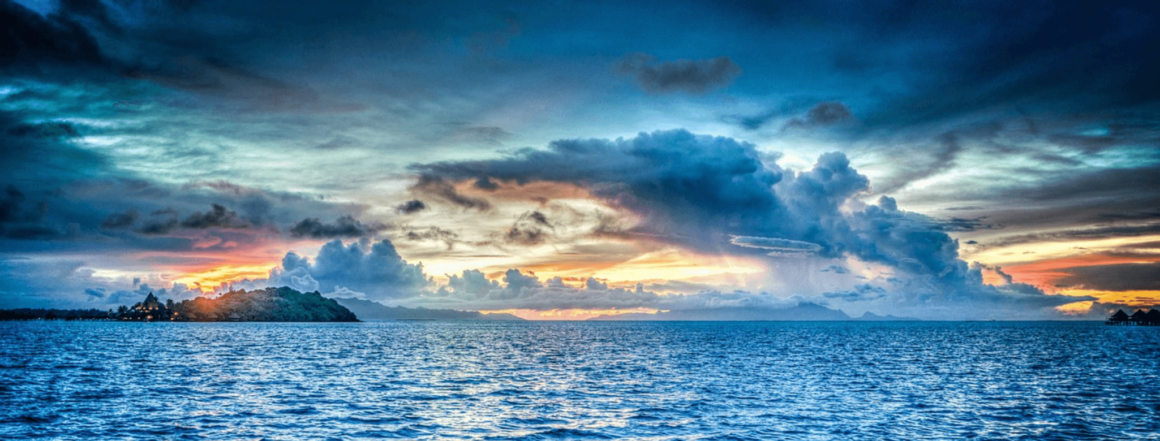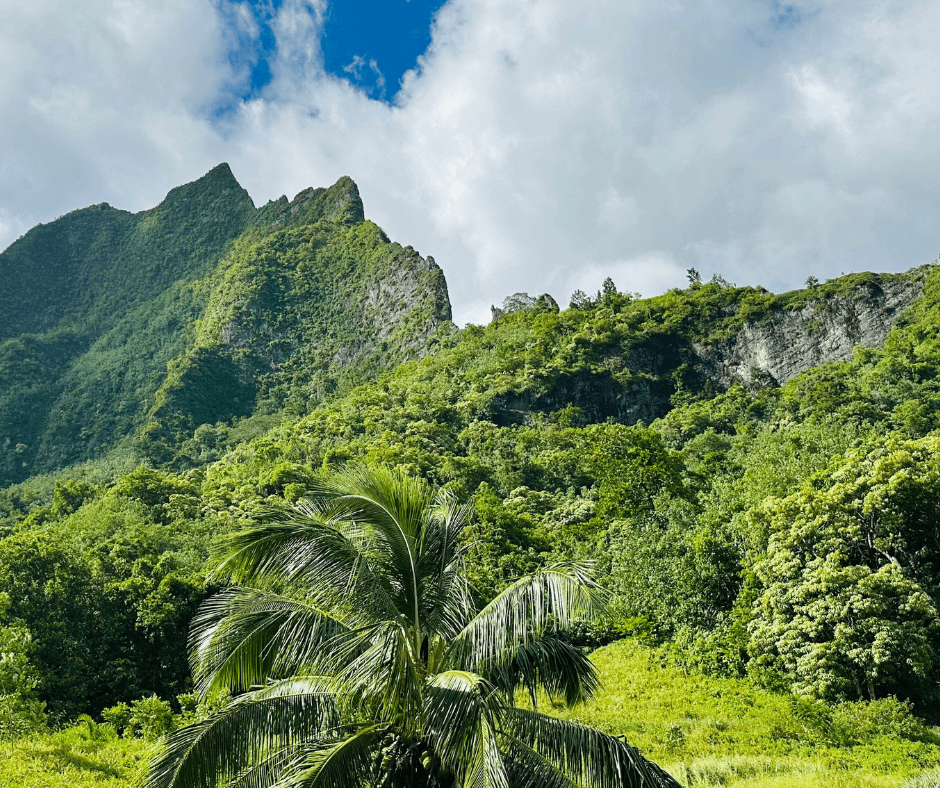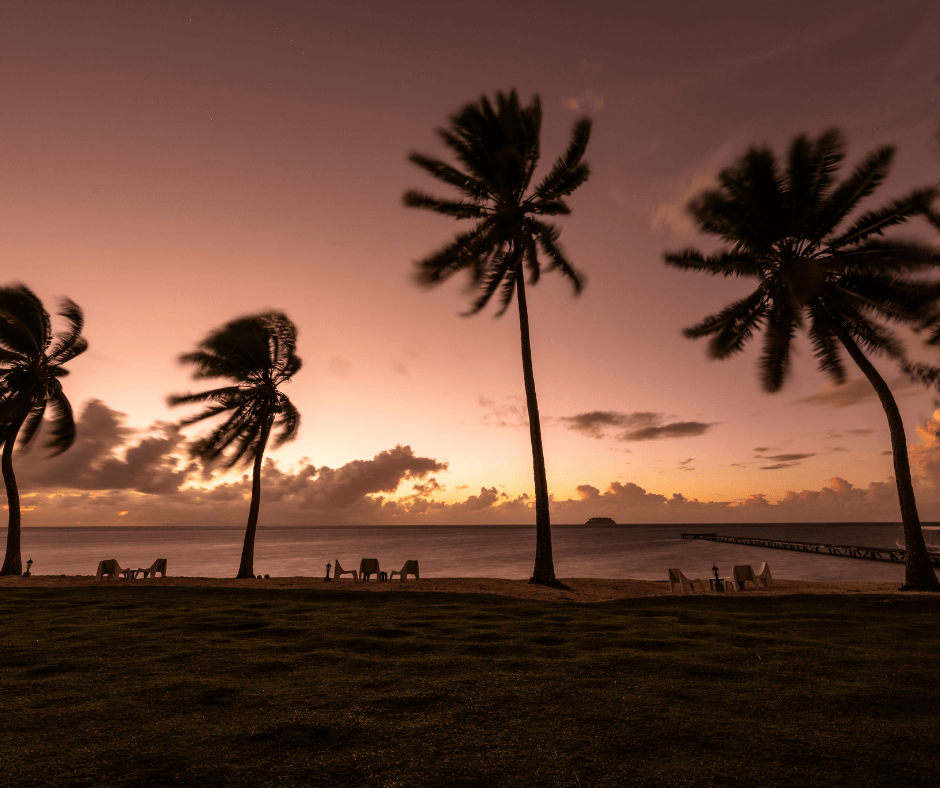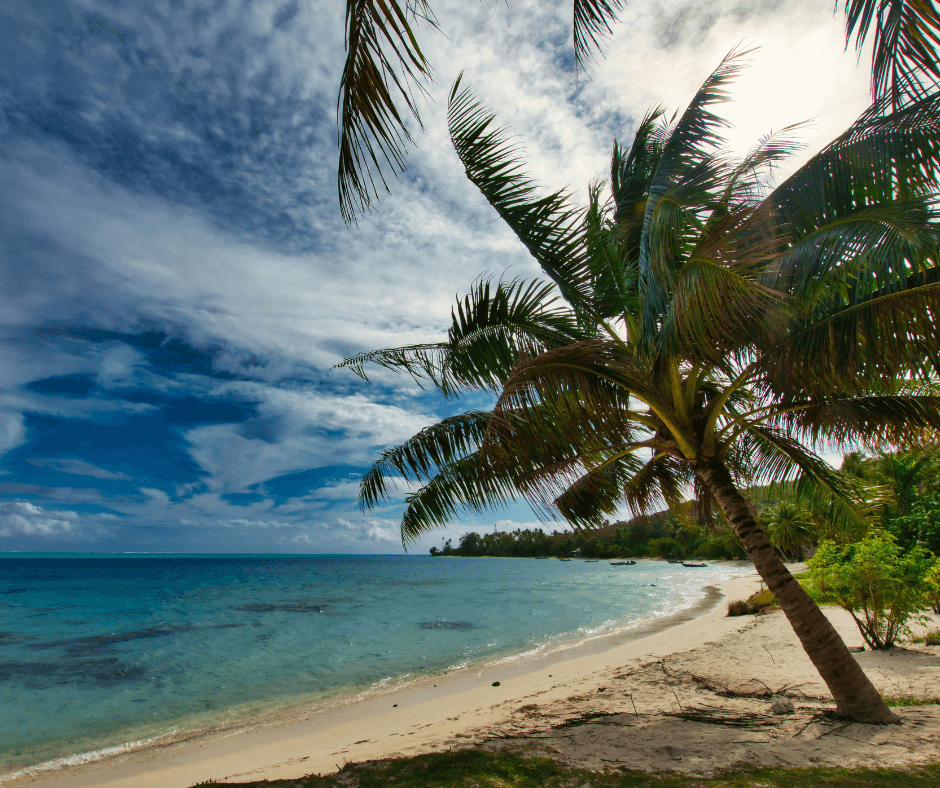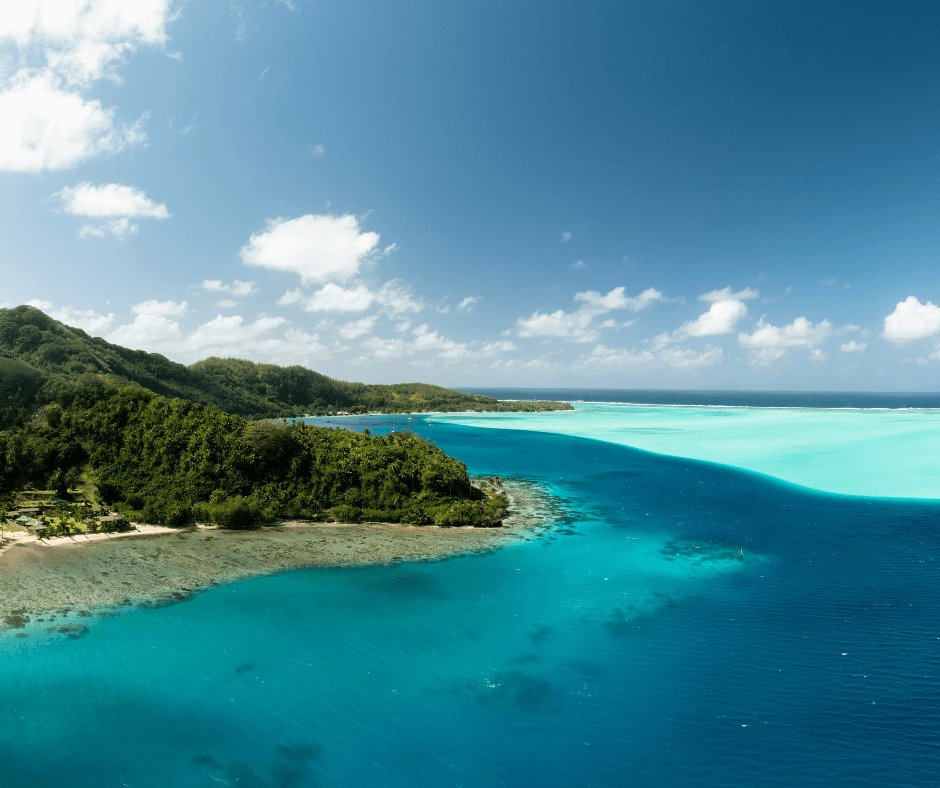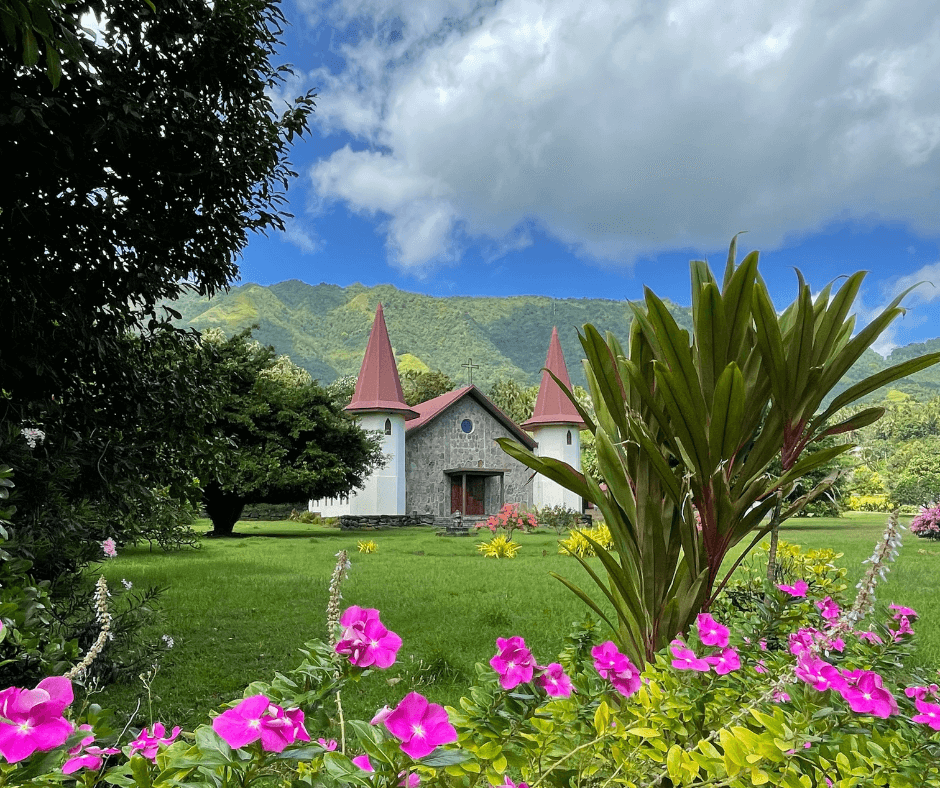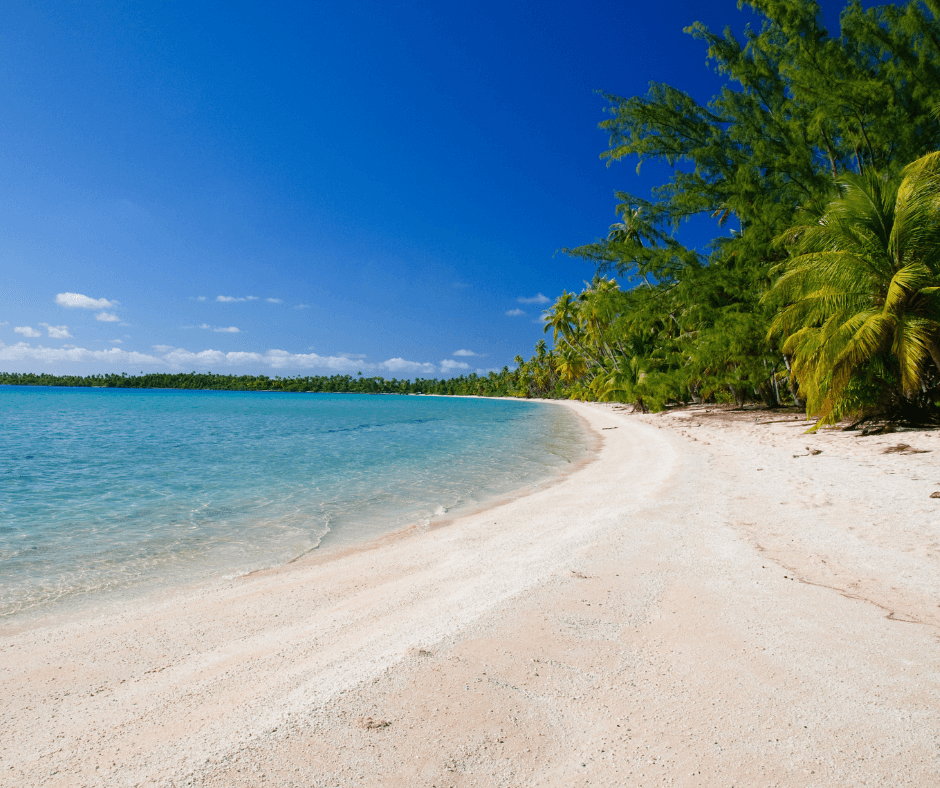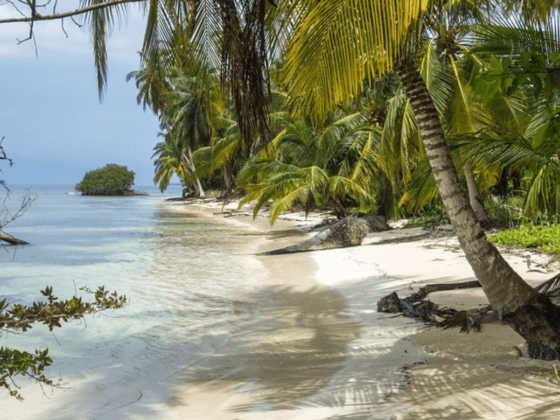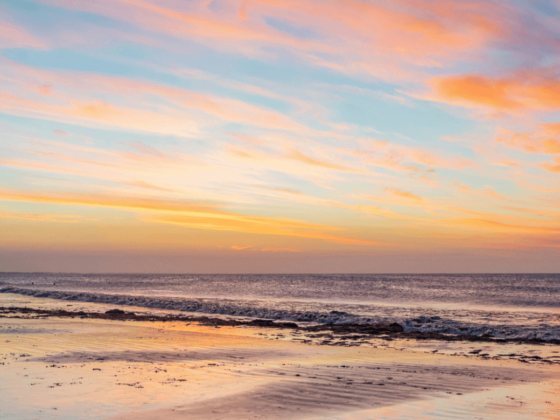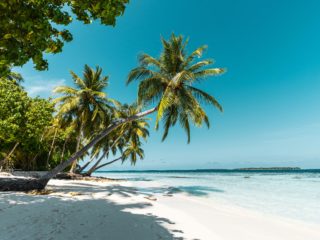Share the post "Sailing in French Polynesia: tour of the archipelago"
In the heart of the South Pacific, French Polynesia is a captivating place with a diverse wildlife and rich culture. Sailing in French Polynesia is the best way to explore the 5 archipelagos: Society, Gambier, Marquesas, Tuamotu and Austral. The capital, Papeete, is located on the island of Tahiti, part of the Society islands.
It’s a perfect destination for a sailing holiday. French Polynesia’s economy relies mainly on tourism, so you’ll find plenty of accommodation and facilities to make your trip easier. And you won’t be short of things to do, see and islands to explore.
Here is our guide to the best Polynesian islands.
Society
The Society Islands are the result of the emergence of underwater volcanoes. The famous British explorer and naval officer, James Cook, named the archipelago after the Royal Society during one of their expeditions.
The islands form two groups: the Leeward Islands and the Windward Islands. Papeete, the capital, is located on Tahiti Island, in the latter group. Society is the most important archipelago economically. It also has the most famous islands. It’s a great place to start your sailing journey, as you’ll have a higher number of boats to choose from.
Tahiti
The island of Tahiti is probably one of the best known in French Polynesia. It’s a high island, with Mount Orohena standing tall in its center. The island’s towns and villages are nestled along the coast.
On the southern coast of the island, you’ll find the village of Teahupo’o. The village held the surfing competitions of the 2024 Paris Olympic Games, as it is known for its large and consistent surf.
Mo’orea
Mo’orea is a collection of jagged volcanic mountains, carpeted with lush greenery. Sail around the island to discover Opunohu Bay, or Cook’s Bay, and its settlement. If you’d also like to visit inland, follow one of the many hiking trails through the rainforest on the slopes of Mount Tohivea.
Raiatea
Raiatea is the second-largest of the Society islands, discovered by James Cook in 1769. The island relies on exports of vanilla, pineapple, and coconut, as well as pearl farming. It’s less touristy and busy than other islands of the archipelago. You’ll nonetheless find that it’s the ‘nautical center’ of Polynesia, with marinas with good infrastructure.
To discover more about Polynesian religious cultures, visit the UNESCO World Heritage Site of Taputapuatea marae on the southeast coast of the island, established around 1000 CE.
Bora Bora
Polynesian settlers have inhabited the island of Bora Bora, that is now a major international tourist destination, since the 3rd Century CE.
Whether you’re leaving or arriving by boat, you can access the main town of Vaitape through the Teavanui passage. Indeed, a lagoon and a barrier reef surround the island. This intact underwater world is a prized snorkeling and scuba diving location. It is recognized for its orange, red, blue, and purple corals, as well as the many species of sharks and rays that swim in its waters.
You can also hike up to Mount Otemanu, one of the two peaks of an extinct volcano, to admire views of the island and the Pacific Ocean around.
Huahine
The island of Huahine is ideal if you’re looking for tranquility and authenticity. The island is home to superb beaches, multitudes of tropical fish to observe while diving, and hiking trails leading to magnificent waterfalls.
Marquesas
The Marquesas islands, meaning ‘land of men’ is a group of volcanic islands. Climatic conditions have made these islands only intermittently sustainable for human life, as the lack of precipitation impacts the availability of fresh water. The highest peak of the islands is Mount Oave, standing tall at 1,230m above sea level.
Nuku Hiva
Nuku Hiva island is the place to stop at on your voyage through the Marquesas if you wish to discover the region’s strong ancestral culture, and the archipelago’s capital, Taiohae. You’ll find the most boats on this island.
Visit the Cathedral of Our Lady of the Marquesas Islands, another remnant of the missionary activity of the Catholic Church during the 19th Century.
From the water, you can enjoy the island’s rugged, verdant landscape, or go fishing with the locals.
Inland, follow one of the many hiking trails to the Vaipo waterfall. With a height of 350m, it’s one of the highest waterfalls in Polynesia.
Tuamotu
The first known encounter with the Tuamotus was with the Portuguese sailor Ferdinand Magellan. The archipelago, a collection of mostly coral ‘low-islands’, forms the largest chain of atolls in the world. Its economy is based on coconut palm for the production of copra, as well as on mother-of-pearl farming.
Fakarava
A top destination for boating and nautical activities in the Tuamotu archipelago is Fakavara.
A UNESCO Biosphere Reserve, the atoll is home to some of the most pristine and undisturbed coral reef ecosystems in the world.
You can access the island through different passages. The northern passage of Garuae is the largest in French Polynesia and a veritable treasure trove in terms of marine fauna. A top spot for sport diving, you’ll see rays, barracudas, groupers, turtles and dolphins. The south pass is just as notable: a protected site since 2008, it is home to the highest concentration of gray reef sharks in the world, with up to 700 in a single shiver!
Gambier
The British captain James Wilson discovered Gambier in 1797. The archipelago’s main activity is pearl farming, and the exploitation of mother-of-pearl. It’s one of the least visited archipelagos in French Polynesia, so another great option if you’re looking for an authentic and relaxed experience.
Mangareva
Mangareva is the main island of the Gambier archipelago. Stroll around the tranquil island and visit Saint Michael’s Cathedral, a remnant of the evangelization of the archipelago by French missionaries. The lagoon around the island is also worth seeing, as it’s rich in marine life.
Austral
The Austral archipelago is the southernmost group of islands in French Polynesia. Europeans first discovered the island of Ruruturu of the Austral islands, in 1769. The most frequent visitors to the island at the time were whaling vessels, in search of food and drinking water.
The islands are little adapted for tourism, and perfect if you’re looking for an off-the-beaten-path experience. It is an interesting set of islands to explore: inhabitants reside in small villages around the archipelago, and live off subsistence farming. In terms of artistic culture, works of art produced in the Austral Islands have often been considered as Polynesia’s best.
How to get to French Polynesia
The main airport of French Polynesia is the Tahiti International Airport, in Papeete, with domestic and international connections to LA, San Francisco, Auckland, Tokyo, Paris, Seattle and Honolulu. If you’re looking to explore the other islands or archipelagos, you’ll find connections from here to the different regional airports.
There are small airports on Bora Bora, Fakarava, Nuku Hiva, Mo’orea, Raiatea, Huahine, as well as on many other islands.
Sailing conditions in French Polynesia
Weather-wise, the months between May and October are generally considered the best. These months correspond to the dry season, so you’ll enjoy high temperatures and lots of sunshine. In terms of sailing, French Polynesia is in a trade-wind zone, with north-northeast winds dominating. However, you’ll experience some southern winds from May to October.
If you visit between November and April, you’ll experience more rainfall, and a higher humidity level, but the conditions stay tropical, and the temperatures high.
Time to go sailing in French Polynesia!
Explore the Click&Boat blog for more travel inspiration and destination information.

